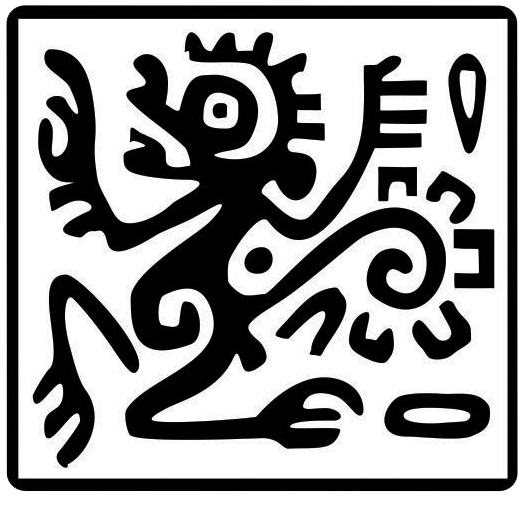Confused identities: the case of the chauve–souris septième or chauve–souris brun–blanchâtre of Azara (1801)
Abstract
Félix de Azara described several species of bats in his seminal work on mammals of Paraguay in 1801. One of these bats, the chauve–souris septième or chauve–souris brun–blanchâtre, was used by É. Geoffroy St–Hilaire (1806) to describe his Vesp[ertilio]. villosissimus, a name currently applied to the southern hoary bat, Lasiurus (Aeorestes) villosissimus. The latter, in addition, is the type species of the genus Aeorestes Fitzinger 1870. In this contribution, through a reevaluation of the description provided by Azara (1801), we demonstrate that the chauve–souris septième or chauve–souris brun–blanchâtre is clearly referable to the subgenus Dasypterus W. Peters, 1870. Strict application of the rule of priority in this case would cause considerable and undesirable nomenclatural upheaval, including the synonymy of Nycticejus Ega Gervais, 1856 with Vesp[ertilio]. villosissimus É. Geoffroy St.–Hilaire, 1806 and the need of a new genus (or subgenus)-level name for hoary bats. We thus recommend preservation of current usage by declaring a neotype for Vesp[ertilio]. villosissimus É. Geoffroy St.–Hilaire, 1806 and proposing a new type species for Aeorestes Fitzinger, 1870.
Copyright (c) 2022 Therya Notes

This work is licensed under a Creative Commons Attribution-NonCommercial-NoDerivatives 4.0 International License.
THERYA NOTES is based on its open access policy allowing free download of the complete contents of the magazine in digital format. It also authorizes the author to place the article in the format published by the magazine on your personal website, or in an open access repository, distribute copies of the article published in electronic or printed format that the author deems appropriate, and reuse part or whole article in own articles or future books, giving the corresponding credits. The Creative Commons CC BY-NC-SD license is used.![]()










